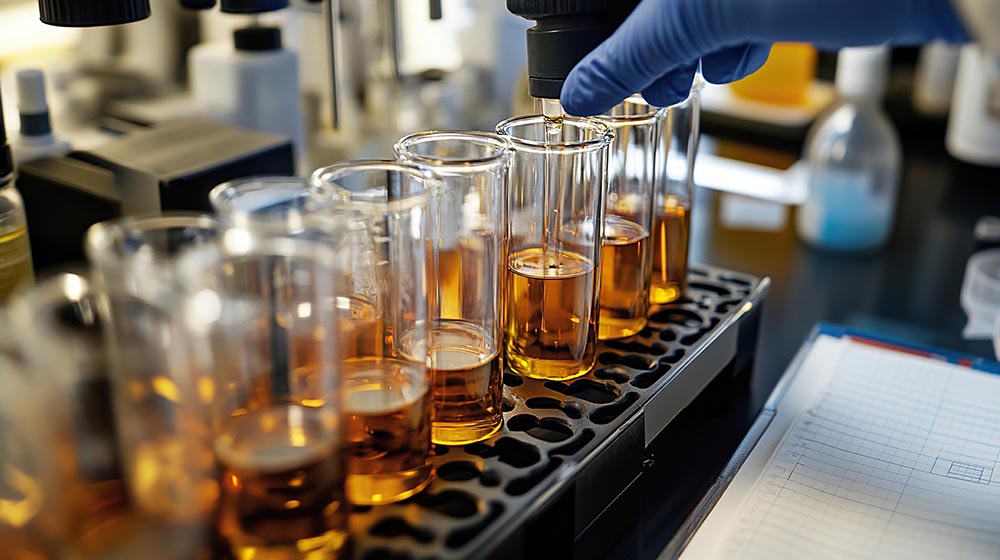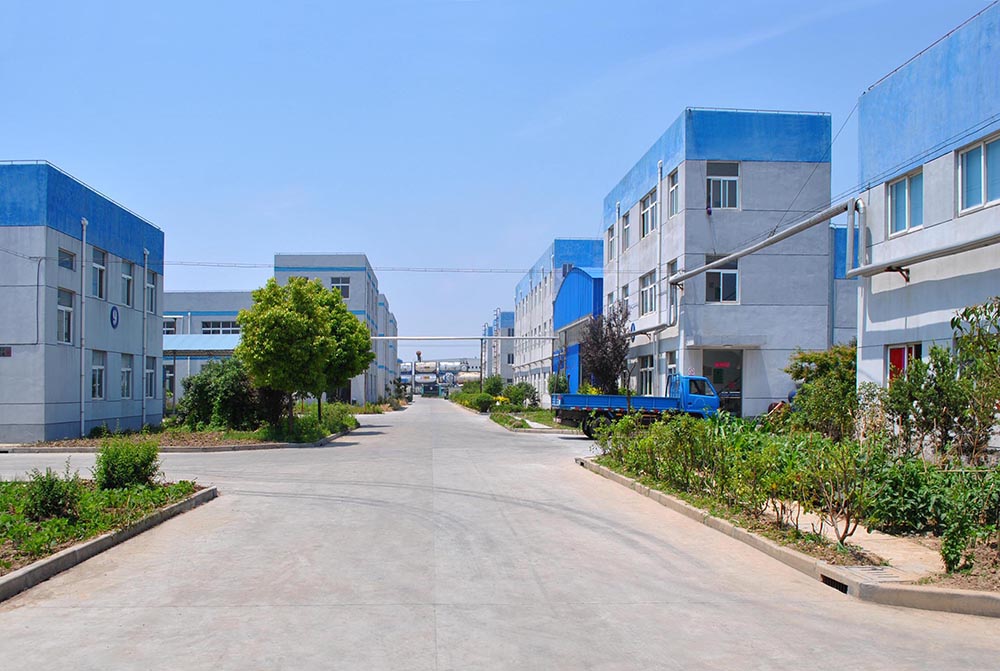PVC products have seamlessly integrated into every corner of our daily lives, from the pipes that transport water in our homes to the colorful toys that bring joy to children, and from the flexible hoses in industrial settings to the stylish floorings in our living rooms. However, behind their widespread use lies a question: what enables these products to achieve the perfect combination of easy processability, appealing appearance, and strong performance? Today, we’ll uncover the three key elements that make this possible – ACR, plasticizers, and internal lubricants.
ACR: The Processing Enhancer and Performance Booster
ACR, or acrylic copolymer, is a vital additive that plays a significant role in enhancing the processing properties and performance of PVC products. During the processing of PVC, the addition of ACR can effectively reduce the melt viscosity, thereby improving the fluidity of the material. This not only makes the processing process smoother, reducing the energy consumption and production time, but also helps to improve the impact strength of the final products, making them more durable in practical use.
When PVC is processed at high temperatures, it tends to undergo thermal degradation, which can affect the quality of the products. ACR can act as a heat stabilizer to a certain extent, delaying the thermal degradation of PVC and ensuring the stability of the material during processing. Moreover, ACR can also improve the surface finish of PVC products, making them look more attractive.
Plasticizers: The Flexibility and Plasticity Provider
Plasticizers are another key component in PVC products, mainly responsible for increasing the flexibility and plasticity of PVC. PVC is a rigid polymer in its pure form, and it’s difficult to process into flexible products. Plasticizers can penetrate into the PVC molecular chains, reducing the intermolecular forces, thus making the material more flexible.
Different types of plasticizers have different characteristics and application scenarios. For example, phthalate plasticizers were once widely used due to their good plasticizing effect and low cost. However, with the increasing emphasis on environmental protection and health, environmentally friendly plasticizers such as citric acid esters and adipates have become more popular. These environmentally friendly plasticizers not only have good plasticizing properties but also meet the strict environmental and safety standards, making them suitable for applications in food packaging, medical devices, and children’s products.
The amount of plasticizer added also has a significant impact on the properties of PVC products. A higher amount of plasticizer addition will make the products more flexible but may reduce their mechanical strength. Therefore, in actual production, the appropriate type and amount of plasticizer need to be selected according to the specific requirements of the products.
Internal Lubricants: The Flow Improver and Surface Polisher·
Internal lubricants are essential for improving the processing fluidity of PVC and enhancing the surface gloss of the products. They can reduce the friction between PVC molecules, making the material flow more easily during processing, which is particularly important for complex-shaped PVC products.
During the mixing and processing of PVC materials, internal lubricants can help the various components mix uniformly, ensuring the consistency of the product quality. In addition, they can also reduce the adhesion between the material and the processing equipment, reducing the wear of the equipment and extending its service life.
What’s more, internal lubricants can improve the surface gloss of PVC products, making them look more elegant and high-quality. This is especially crucial for PVC products that have high requirements for appearance, such as decorative panels and packaging materials.
The Synergy of the Three Keys
ACR, plasticizers, and internal lubricants do not work independently; instead, they synergize to ensure that PVC products have excellent processing properties, beautiful appearance, and strong performance.
ACR improves the processing fluidity and impact strength, plasticizers provide the necessary flexibility and plasticity, and internal lubricants further optimize the processing flow and enhance the surface gloss. Together, they make PVC products meet the diverse needs of different applications.
In conclusion, ACR, plasticizers, and internal lubricants are the three indispensable keys to PVC products’ “easy processing + high aesthetics + strong performance”. With the continuous development of technology, the performance of these additives will be further improved, which will drive the continuous innovation and progress of the PVC products industry, bringing more high-quality and diversified PVC products to our lives.
TopJoy Chemical is a company that specializes in the research and production of PVC heat stabilizers and other plastic additives. lt is a comprehensive global service provider for PVC additive applications.
Post time: Aug-18-2025



